'The Book of Form and Emptiness' by Ruth Ozeki
'What makes a person want so much? What gives things the power to enchant, and is there a limit to the desire for more?'—Review #247
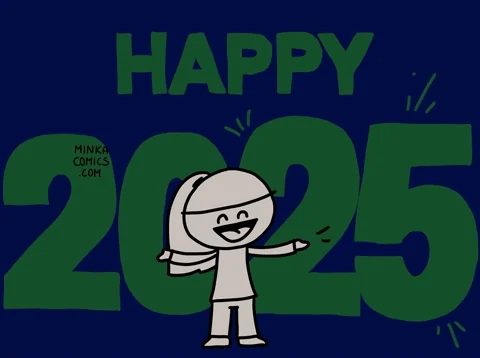
Hello friends! Donna and I hope you had a peaceful and enjoyable holiday season, and that the new year is off to a good start. 2025 is looking good for Books on GIF after we surpassed our subscriber goal in 2024, and we want to extend a warm welcome to everyone who’s new. Whether you found us through our 2024 year-end roundup, or via awesome newsletters like Litulla, Attention Economy and A Reading Life, or if you’ve been here for years:
‘The Book of Form and Emptiness’ by Ruth Ozeki is the novel Books on GIF subscribers picked in a vote last month for our first review of the year. I was excited to read it over my winter break because I enjoyed Ozeki’s earlier novel ‘A Tale for the Time Being.’ I remember it as a beautiful and philosophical story, and I hoped to start 2025 with something similar.
Here’s the book’s cover:

Benny Oh is a teenage boy who hears voices. The voices started after Benny’s musician father, Kenji, was killed after he passed out drunk in an alley and was run over by a truck delivering live chickens. A year after the funeral, Benny’s home life remains choked by unprocessed grief—his own, which manifests in the voices as well as in his withdrawn and self-centered behavior, and also that of his mother, Annabelle. She’s a hoarder who stockpiles items like snow globes, Kenji’s old clothes and craft materials for never-executed projects, along with bags and bags of newspapers and other media that she calls her ‘archive.’ She believes she needs the periodicals for her job, where she clips articles for some kind of news service, but it has turned her home into:

The voices Benny hears come from everyday objects. One day at school, for example, he hears a window cry out in pain and anguish after a bird fatally flies into it. Another time, a pair of scissors gets angry and tells Benny to stab his teacher. He stabs himself in the leg instead, an act that gets him sent to a juvenile mental institution. His treatment there is unhelpful, but it’s where he meets an older girl who calls herself The Aleph. She’s edgy and artistic and becomes a crush/friend/guide for Benny. Also at the institution, Benny is put on medications meant to quiet the voices, but they don’t work. After his release, Benny goes back to school where his problems increase. He’s teased by classmates, and he concocts a scheme to skip class and spend his days at the library, where he reconnects with The Aleph. The library was Benny’s childhood sanctuary, but now it seems to exacerbate the voices, especially when he’s in the spooky, old and defunct book bindery in the basement. As Benny’s situation worsens, so does Annabelle’s ability to function as a parent and an adult. Her denial about her hoarding and her son’s problems become so acute that one day, while she’s at the craft store, a book written by a Marie Kondo-esque Zen nun motivates itself to leap into her shopping cart. Books in this novel are conscious and helpful beings (one narrates the story alongside Benny), and the Zen guide to tidying and sparking joy wants to help Annabelle. She, however, has a long way to go before she’s ready to:
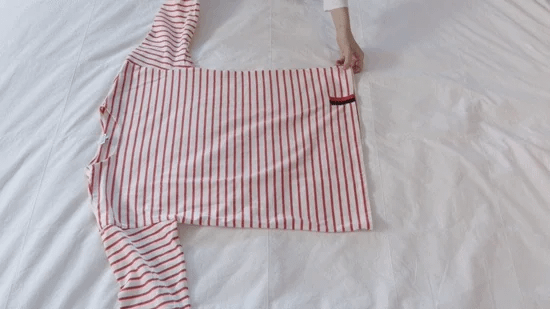
Benny has a long road, too, as he grapples with the indifference of the mental-healthcare system, the malaise of teenage angst, the teeth of a nonbinary ferret, the baseball bat swung by a street goon and the mystical forces that may be connected to the voices. Will he survive it all? Will Annabelle get it together? Will they truly process their grief and rebuild their lives? I won’t spoil it, but their journey is as fascinating as it is frustrating. I was rooting for them, but their frequent stumbles sometimes had me like:
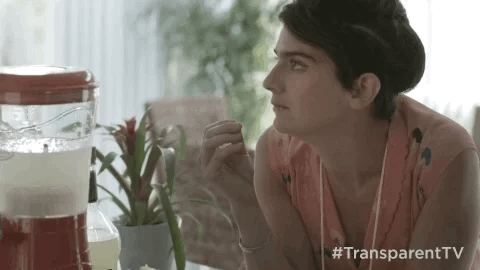
‘The Book of Form and Emptiness’ won the 2022 Women’s Prize for Fiction, and Ozeki’s writing is fluid, engaging and imbued with a sense of wonder. I moved through it quickly, but finished with mixed feelings. I like how Ozeki works Zen teachings into the narrative (she is a Zen Buddhist priest as well as an author and filmmaker). For example, a story the nun tells about her master’s ‘already broken’ teacup will stay with me as a lesson on the impermanence of things. As someone who always has been a collector—from comic books to action figures and from beach rocks to books—I was absorbed by how Ozeki explores our connection to objects. How often have we bought something because it ‘spoke to us’? How often have we refused to throw something away because we felt bad for it, or because it was connected to a specific and cherished memory? Ozeki shows us how that connection can become toxic in the extreme. I took that message to heart as I spent part of my break trying to deaccession my comic-book collection and also some of my books. I’ve recently worked to shrink my digital clutter, too, spinning down personal accounts on Instagram, Twitter and WordPress. Goodreads and Storygraph are next. Decluttering can be liberating for sure, and when it comes to getting rid of stuff, I’m becoming:
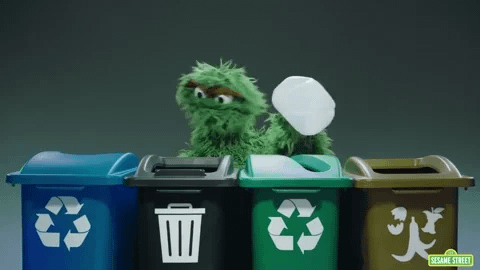
But I had some gripes, too. I’m skeptical of books that portray mental illness as a kind of magical awareness. Reading this book while commuting in the New York City subway system, where one often encounters people speaking or shouting at voices only they can hear, made for a dissonant juxtaposition. Does this plot device uplift them, or undercut their plight? Also, there are parts of the novel, like the opening excerpt below, that feel unnecessary to advance the narrative and only seem to make the book longer than it needs to be. Still, I’m glad I read this novel. I’ll be thinking about it for a while. Thanks again for picking it! Though it didn’t always work for me, it’s definitely worth checking out.
An opening excerpt:
IN THE BEGINNING
A book must start somewhere. One brave letter must volunteer to go first, laying itself on the line in an act of faith, from which a word takes heart and follows, drawing a sentence into its wake. From there, a paragraph amasses, and soon a page, and the book is on its way, finding a voice, calling itself into being.
A book must start somewhere, and this one starts here.
Who Ruth Ozeki thanked:
In addition to thanking early readers and other people involved in crafting her book, Ozeki acknowledges organizations that work with people who hear voices. I was intrigued by the line where she describes two doctors as having an ‘experience-focused, non-pathologizing approach to perplexing states and unshared experiences [that] has widened and deepened our understanding.’ I want to know more about this.
My rating:
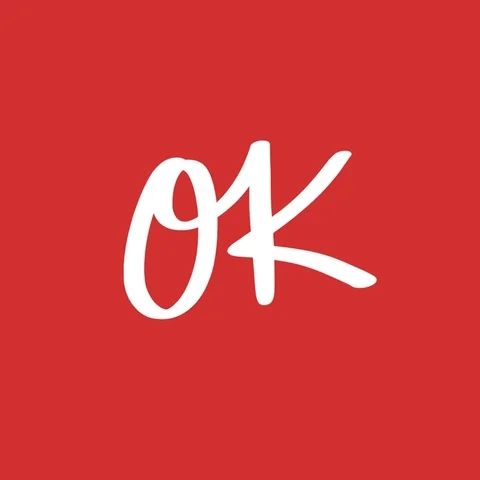
‘The Book of Form and Emptiness’ by Ruth Ozeki was published by Viking in 2021 and by Penguin Random House in 2022. 546 pages. $17.67 at Bookshop.org.
What’s next:
Next week, we’ll have a discussion thread. The following week’s newsletter will feature:
Before you go:
ICYMI: Review #246
We have a winner! Thank you to all 32 people who signed up for the first-ever Books on GIF book raffle. The winner is:
Congrats, Justin!
Read this: Looking for a book to read in 2025? The latest edition of Reads With Alicia has a list of 21 new books due to be released early this year, including novels from Han Kang (newly translated) and Ocean Vuong.
If you enjoyed this review:
Thanks for reading, and thanks especially to Donna for editing this newsletter!
Until next time,
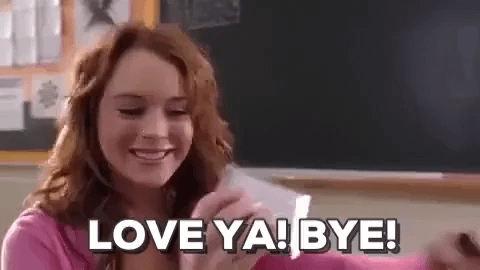
MPV






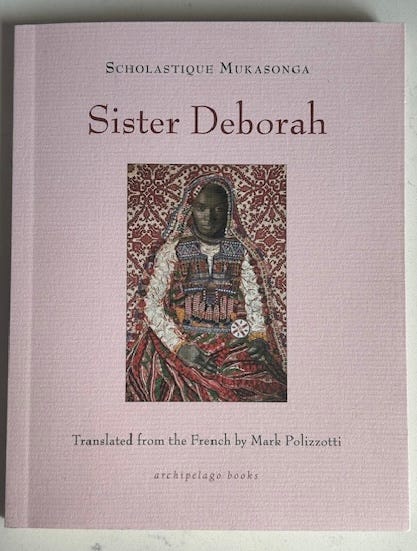



I love your reviews and the GIF's are the icing on the cake, thanks!
Justin won the raffle? I'm a Justin.
I assume you contacted THAT Justin, though. Congrats to another of my name on the win!
This book sounds bonkers, but in the best way. I think maybe I'll give it a go this year.